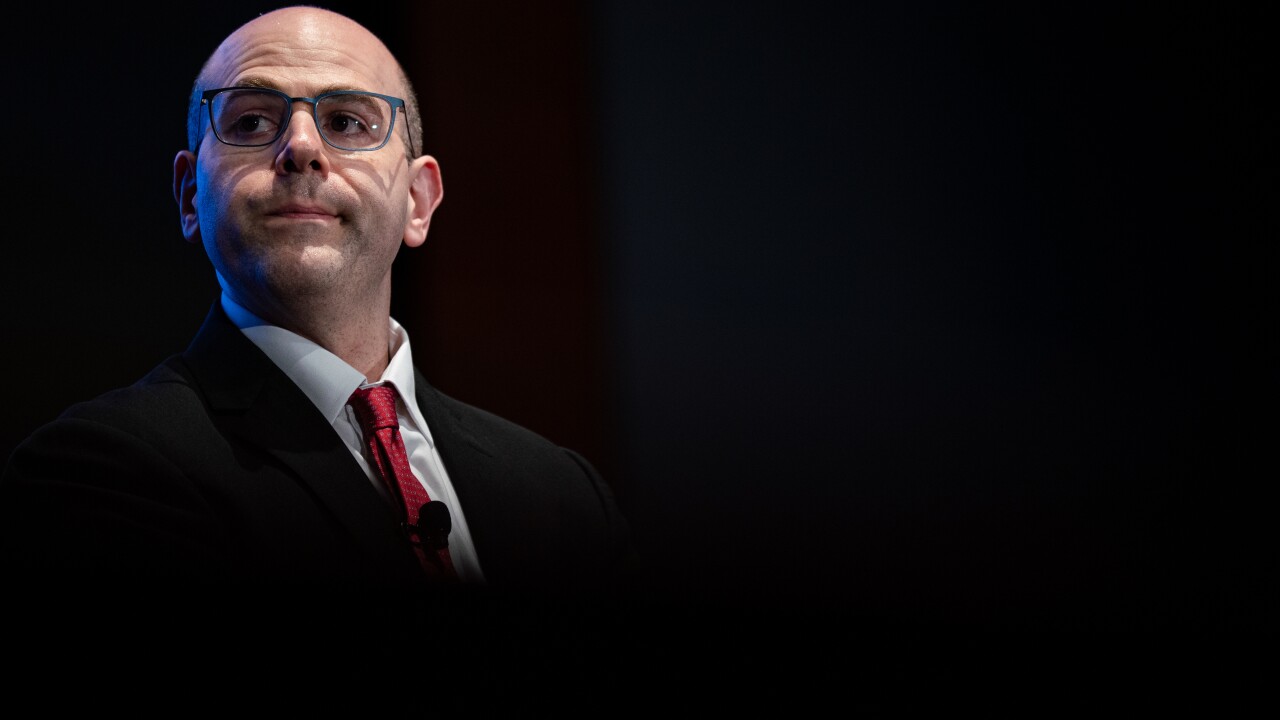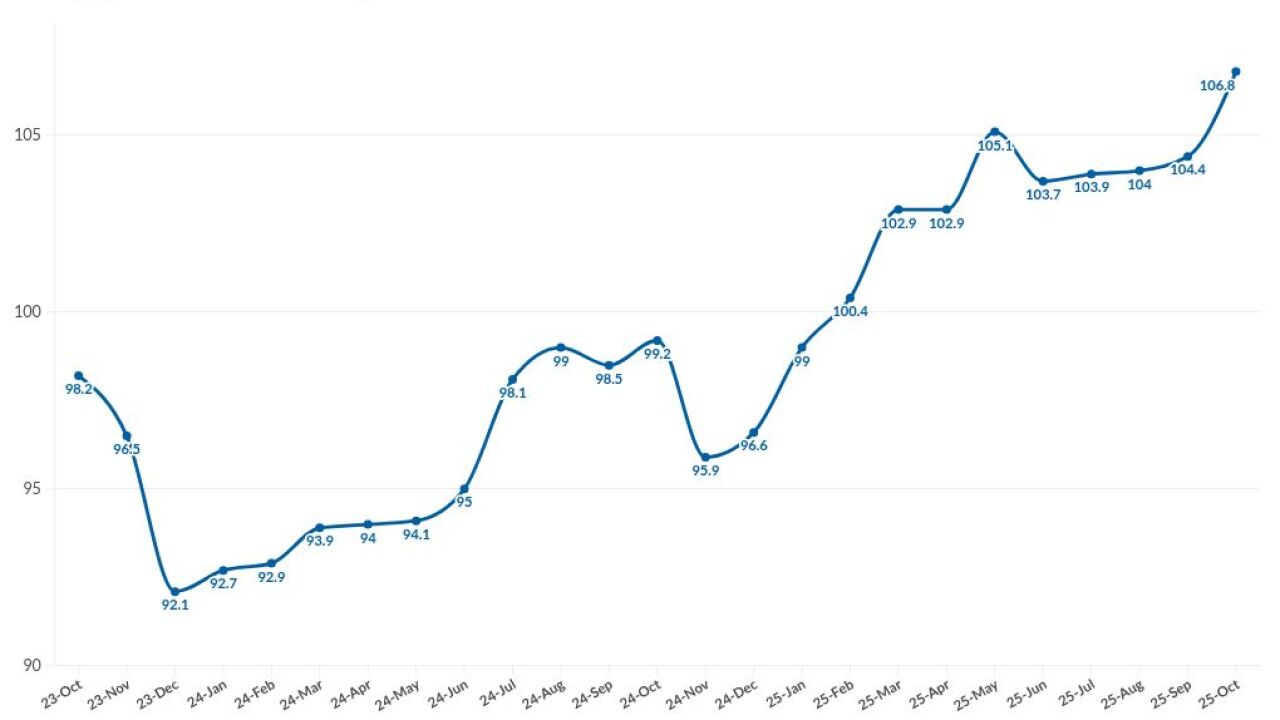
The Federal Reserve is entering a "new phase" in its approach to monetary policy, and uncertainty related to policy shifts by the incoming Trump administration is playing a role.
The central bank lowered its policy rate by a quarter percentage point following Wednesday's Federal Open Market Committee meeting, but did so with a warning that further reductions could be fewer and farther between in light of higher inflation expectations.
Fed Chair Jerome Powell, in his post-meeting press conference, noted that a "range" of factors contributed to this decision, including inflation readings, which have ticked up in recent reports, stalling progress toward the Fed's 2% inflation target. For some committee members, "policy uncertainty" impacted their economic expectations.
"We have people taking a bunch of different approaches to that, but some did identify policy uncertainty as one of the reasons for their writing down more uncertainty around inflation," Powell said. "The point about uncertainty is it's kind of common sense thinking that, when the path is uncertain, you go a little bit slower."
Powell noted that some FOMC participants did not factor policy uncertainty into their projections and others did not say whether they did or not. He also noted that for specific policies, such as the widespread use of tariffs, it was too soon for the committee to make definitive assessments about their implications.
Still, he said, the central bank is being proactive in trying to understand the topic.
"What the committee is doing now is discussing pathways, and understanding, again, the ways in which … tariffs can affect inflation in the economy, and how to think about that," Powell said. "That puts us in position when we finally do see what the actual policies are, to make a more careful, thoughtful assessment of what might be the appropriate policy response."
Powell added that there are "many, many factors" that will go into how tariffs impact consumer prices, including the countries and types of goods that are impacted by the policies.
While Powell made no commitments about the Fed's actions next month or at future meetings, he said the committee's overall view was that their policy rate has gotten close to neutral — meaning it neither spurs nor holds back economic activity. Because of this, he said, the committee will likely pause rate cuts at some time in the near future.

Some FOMC committee members already feel like the time has come for a pause. Federal Reserve Bank of Cleveland President Beth Hammack voted against Wednesday's rate cut, preferring to keep the federal funds rate unchanged. According to the committee's quarterly forecast report, three nonvoting reserve bank presidents also felt like a cut was the wrong move.
Committee members also reduced their expectations for further rate cuts in 2025, with most signaling that only two quarter-point cuts will be appropriate next year.
Despite the overall uncertainty and the resurgent upside risk to inflation, Powell maintained that further policy rate reductions will be appropriate to safeguard the job market from further cooling.
"Downside risks to the labor market do appear to have diminished, but the labor market is now looser than pre-pandemic, and it's clearly still cooling further — so far, in a gradual and orderly way," he said. "We don't think we need further cooling in the labor market to get inflation down to 2%."
The Fed has now lowered its policy rate by a full percentage point since September 2023. Even so, consumer-facing rates — such as those on auto loans, credit cards and mortgages — have not fallen commensurately. Powell said this development is not unexpected, given the fact that such rates are more influenced by long-dated rates such as the 10-year Treasury rate rather than the Fed's overnight rate. Powell said the lag between the Fed's actions and real lending rates is nonetheless something that the central bank is tracking.
"We look at that, but we look at all financial conditions, and then we look at what's happening in the economy," he said, noting that economic growth continues to perform well relative to forecasts.





